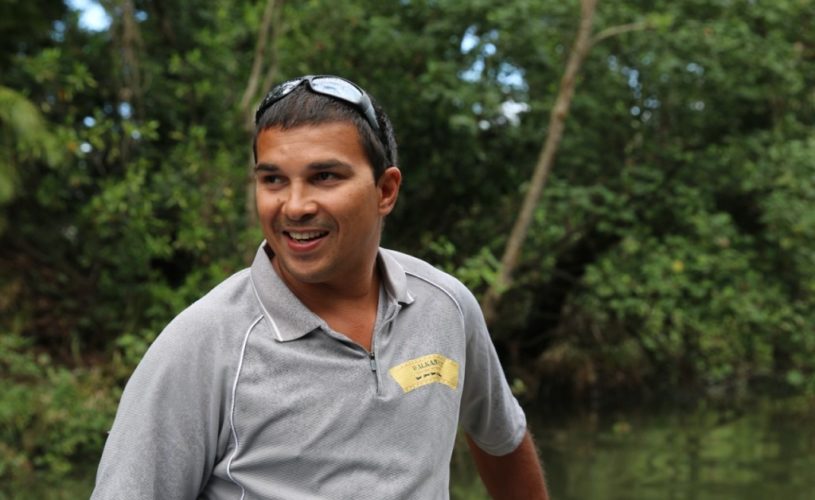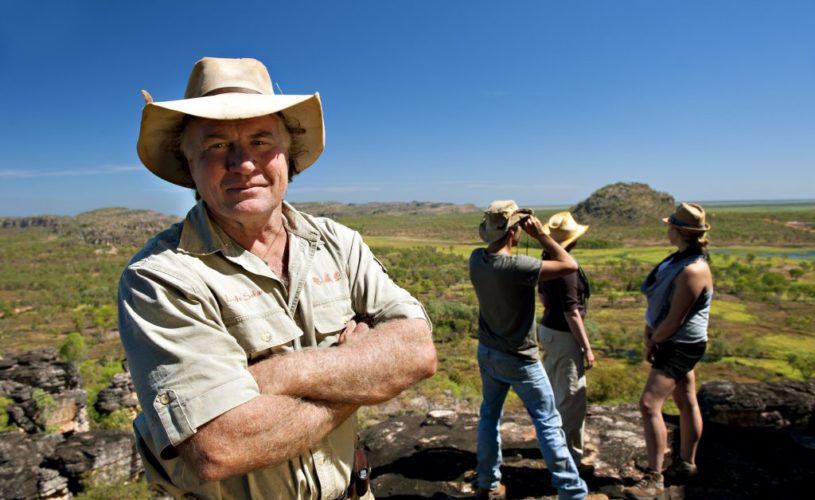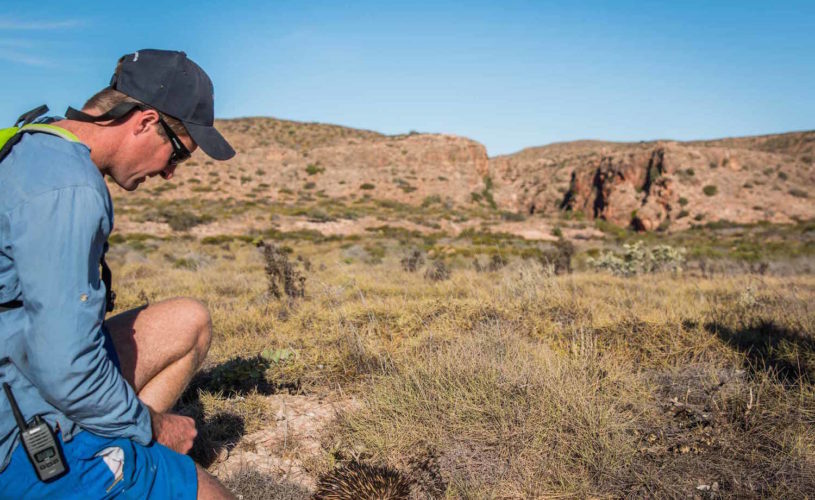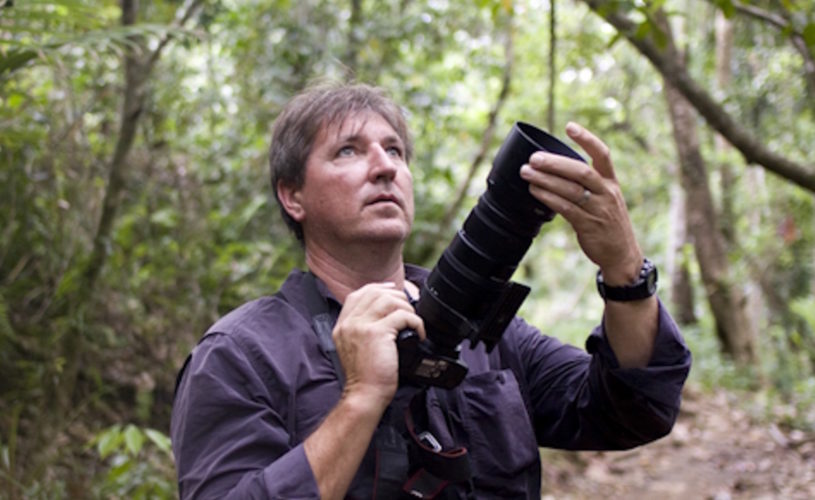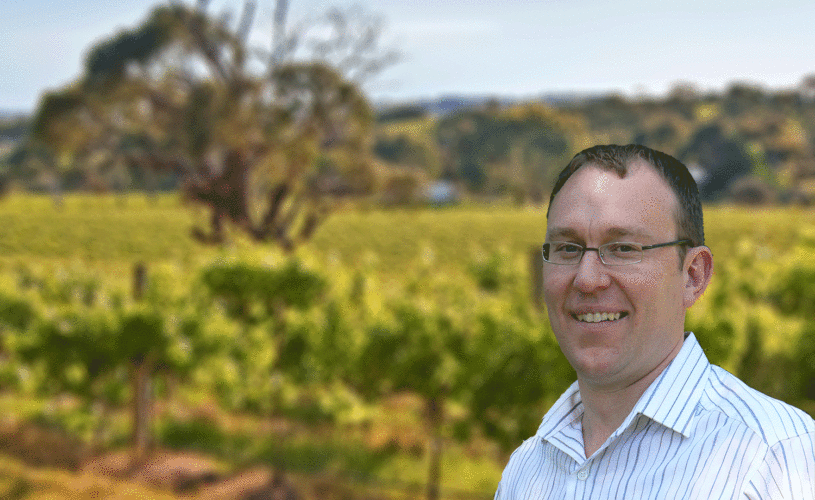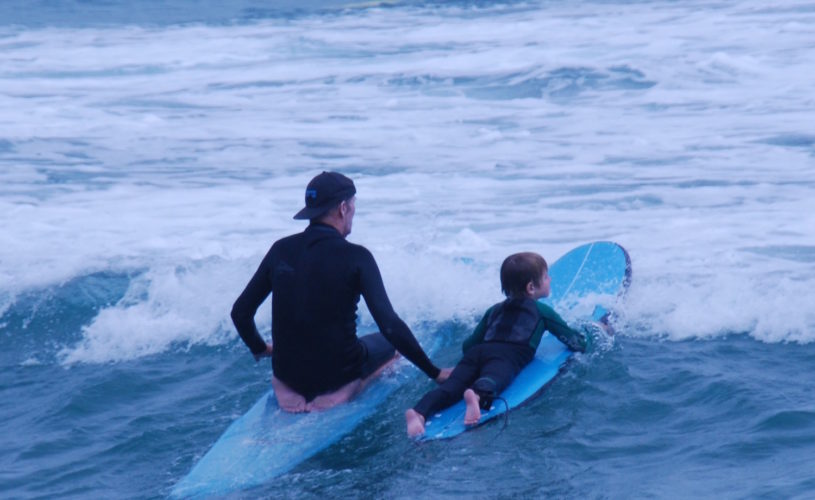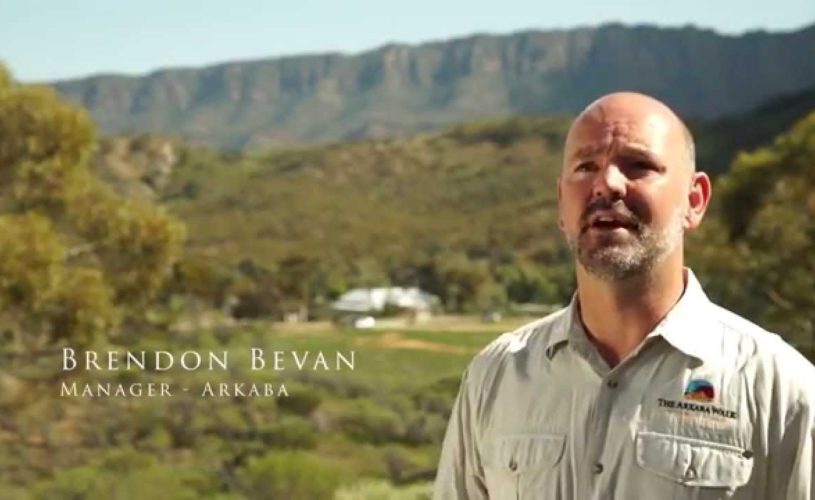Sean Blocksidge is the owner/operator of the Margaret River Discovery Co.. In 2010 he won Western Australian Guide of the Year and his tours have been consistently rated the #1 Margaret River tour experience on Tripadvisor. Find out more about him.
Please explain a little bit about who you are and what you do?
I grew up in a semi-rural area called Wanneroo. Yes, wanna roo? It was here I learned the art of adventure ….. or more accurately misadventure. I developed an affinity with the Australian bush and learned about the environment that surrounded our property. Later I headed back into the lil big smoke, Perth, to study and develop a career in the tourism industry. I specialised in business and wine appreciation. I spent several years indoctrinated in Hyatt Hotel customer service, “yes maamm”. And went on to manage a big hotel and a small winery. Along the way I travelled a lot, three times round the world.
What I really missed though was being out in the bush. And I’d also come to realise that most visitors to the Margaret River region were missing the best stuff. How can you visit the area and miss out on experiencing the actual Margaret River of Cape to Cape Track? So having made lots of money for other people, and finally released from the corporate hamster wheel, I decided to take my biggest risk so far and open my own business; at the end of the tourist season and the start of a financial crisis in 2008. The calculated risk was how could I go wrong in Margaret River, a paradise on earth.
And here I am, all grown up, living like a kid again as I share my love of the natural world and showcasing some of Western Australias best food and wine experiences. I feel incredibly privileged to share such a special place.”
What got you started with doing wine and nature tours and what do you find most interesting about it?
I worked in the wine industry previously and had the great pleasure of tasting wine from all around the world. I quickly came to realise the Margaret River wine region is regarded as the most consistent wine producing region in Australia. That’s a remarkable achievement and something most wine drinkers don’t realise. So I wanted to help express that message, but do it in a fun and interesting way.
A lot of people think a wine tour experience is a big bus visiting as many wineries as possible. I couldn’t think of a worse way of spending a day. I prefer to do a few things and do them well, to genuinely connect with the experience.
I want people to really understand what makes the Margaret River wine region so special. Even if you are not that into wine it is still fascinating to discover how the ecology, geology and climate influence the lives and livelihoods of the people from our region.
How do you bring wine to life on your tours?
The whole day is about the French wine concept of ‘terroir’. It’s kind of hard to explain in English but essentially if refers to the geology, climate and ecology of the area in which grapes are grown. We discover why the Margaret River wine region is considered a winemakers paradise and how those conditions have created the most consistent wine producing in Australia.
It’s not a boring school lesson. It’s the opposite. It’s an exciting day showcasing the very best experiences and very best wine in the region. You’ll start the day with a leisurely canoe down the Margaret River. For many people they just stopped reading just then. They read the words ‘canoeing’ and went nahhhhhh not me.
Ok let me say if you are one of those people, open your mind to a new experience. I promise you wont get dirty; you wont get wet and you definitely wont fall in. I’ve been doing this for 8 years and NO ONE has ever got wet or dirty or fallen in.
I had Jeremy Clarkson from Top Gear on tour one day and he described it as “Luxury Canoeing”. Invariably the people who didn’t want to go canoeing are the ones who love it the most. They didn’t realise they would be floating down a mirror flat section of the Margaret River, watching wildlife and surrounded by towering trees. It’s usually one of the highlights of the day. And if you really really really don’t want to do it then you can just opt out of that experience and take a short walk along the river.
Yep there will be wine. Plenty of it and premium stuff. We’ll visit one winery and do it well. Ridiculously well. And that’s the big difference in how we operate. We do a few things and do them well instead of rushing through the day. Our Discovery Tour lunch will include a behind the scenes experience at emerging superstar winery – Fraser Gallop Estate. This is the hottest winery down here at the moment. Winning a mind boggling number of awards and accolades in recent years and arguably the best value winery in the region. Their Cabernet Sauvignon has previously won best Cabernet in the world and the current release just scored a massive 97-points from Australian wine guru James Halliday.
Earlier in the day we’ll also pick up a bit on the Aboriginal and European history of the region with a visit to waterhole/waterfall and have a local honey tasting. It’s a great opportunity to connect with the outdoors and get a few special pictures for the camera.
It’s a day filled with highlights and we like to finish on a super high highlight with a 4WD adventure to link up with the most spectacular section of the legendary Cape to Cape walking trail. I’ll get you onto my favourite part and go for a short walk along the coast to discover the remote Wilyabrup Cliffs. This is an awesome opportunity to spot whales and wildflowers (seasonal) and access a location you couldn’t easily find by yourself.
Why do you think it’s important that people learn about wine and nature?
When I visit a region I want to connect with that place. I want to understand the environment and the people and the economy of the region and what makes it so special. Yes you could very easily just come to Margaret River and self drive or read a book or enjoy long lazy wine lunches but to really connect you need to understand the place. There is a fabulous passage in esteemed Australian Author Tim Winton’s new book, Island Home, that really describes what we do – ‘Seeing the country by car, you may think you’re in the landscape but really you’re in geographical limbo. Enclosed in your steel cocoon you experience the car first, the place you’re in comes a distant second.’
My philosophy is to get out of the car and meet the people, connect with the environment and have genuine local experiences.
If people wanted to find out more about wine and nature are there any particular books, documentaries or websites you would recommend?
The Margaret River region is one of the most biodiverse places on the planet. Thousands of different plant and animal species. There are lots of great botanical books but I would recommend local guide books by Jane Scott and Patricia Negus.
One of my all time favourite books to really understand the Australian landscape and the historical human context is the Future Easters by Tim Flannery. It’s relevant to all parts of Australia.
What’s your favourite Australian animal and why?
Sooo many favourites. I never get bored of Kangaroos. We have a mob in our front garden and I love watching their daily antics. Quokkas are awesome too, a Quokka selfie on Rottnest Island is a must do! My all time favourite bird is the Baudins Black Cockatoo. A magnificent bird that creates a spectacle in the sky as they flock. Unfortunately they are rarer than polar bears these days and in population free-fall decline. Many of the local birds are older than most Margaret River residents and would have seen every year of remarkable growth of the Margaret River wine industry 50 years ago.
What place is Australia’s best-kept secret?
Karijini National Park in the Pilbara region of WA. Arguably one of Australias most spectacular national parks and also our most under-visited. The Kimberley region of WA would be a close second. And in my top three best kept secrets would be the Ningaloo Marine Park, where you can dive with Whale Sharks and most recently they have opened it up to diving with Humpback Whales!
What haven’t you seen / done in Australia that you’d like to and why?
I am VERY embarrassed to say I still haven’t visited Tasmania. I know know what an idiot. Everyone keeps telling me how amazing it is. I plan to take the mountain bike and camping gear for an adventure in the net two years.
Finally, how can people follow you on social media?
Facebook – https://www.facebook.com/margaretriverdiscoverytours
Instagram – I like to post a photo everyday to showcase the diversity of the Margaret River region. Feel free to follow and get a sense of the area before your holiday. https://instagram.com/discovermargaretriver/
Click here to find out more about Australian travel with Alquemie

